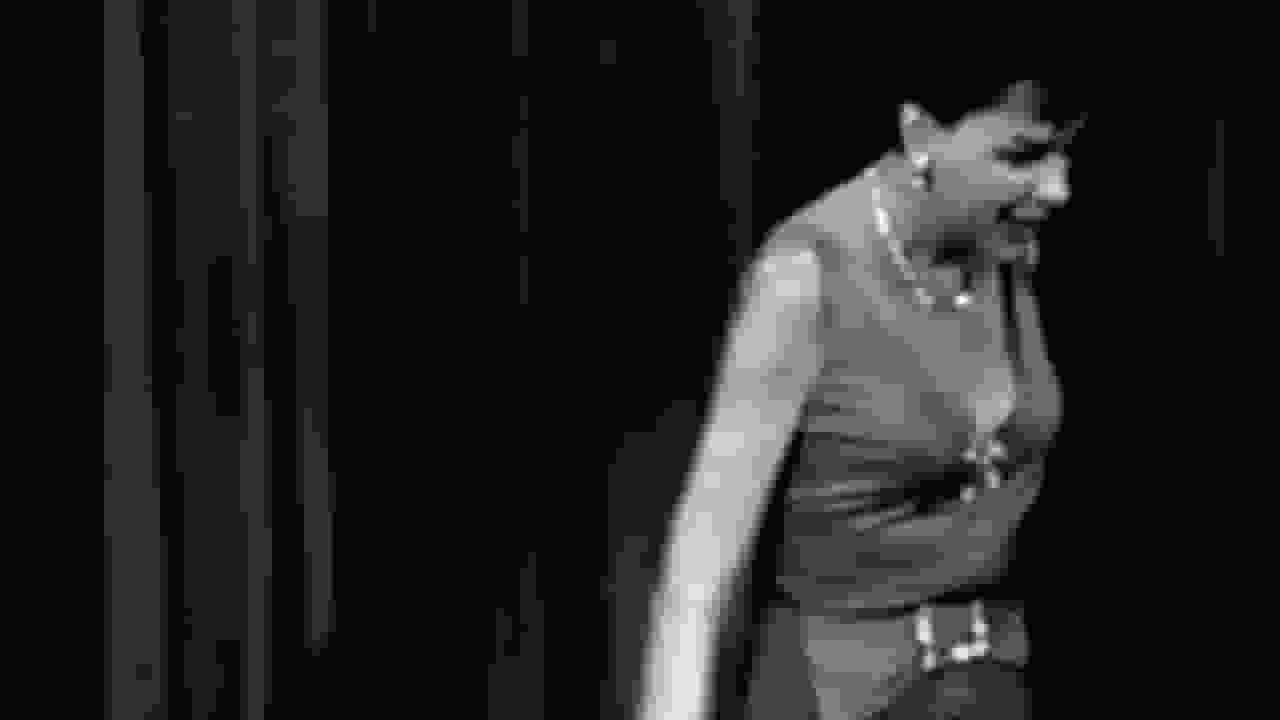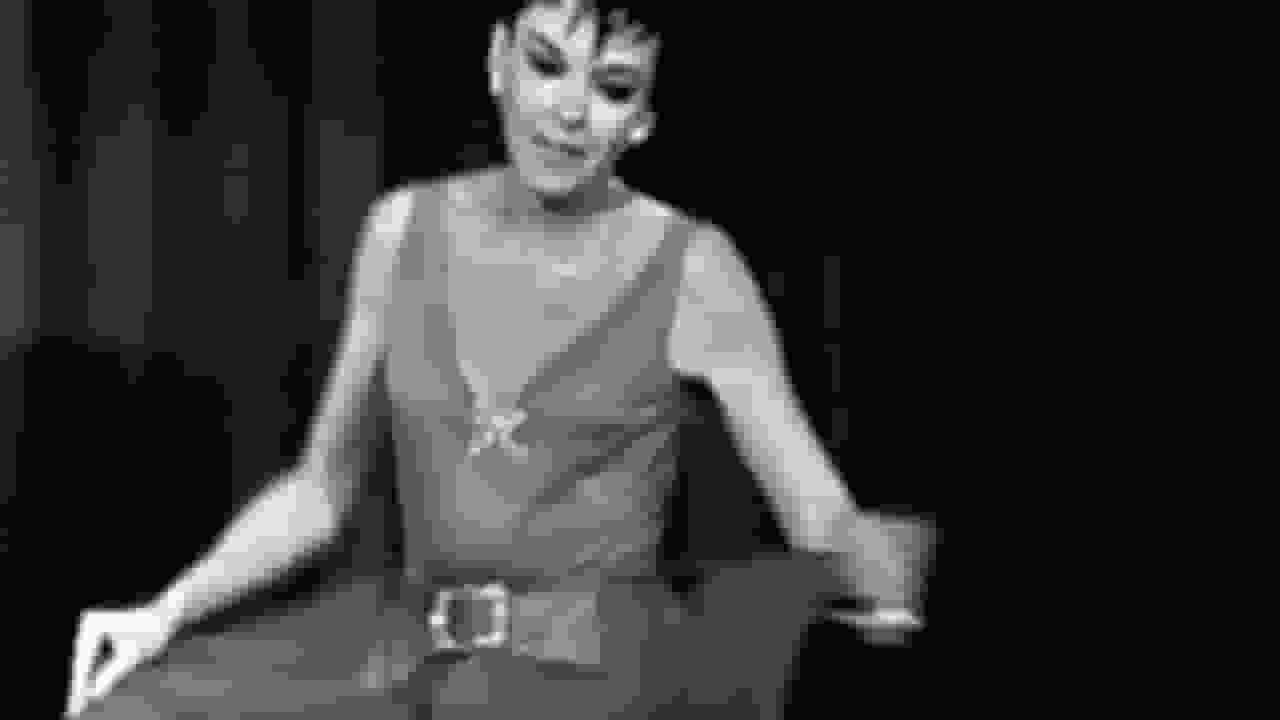Judy Garland was an American singer and actress. Though she has received critical acclaim for various parts throughout her career, she is most recognized for her portrayal of Dorothy Gale in The Wizard of Oz (1939). She achieved international acclaim as an actress in both musical and dramatic arts, a recording artist, and a concert performer. She got an Academy Juvenile Award, a Golden Globe Award, and a Special Tony Award for her versatility. Garland was the first woman to get the Grammy Award for Album of the Year for her live album, Judy, at Carnegie Hall, released in 1961.
What happened in Judy Garland’s early life?

Frances Ethel Gumm was born on June 10, 1922, in Grand Rapids, Minnesota. Her parents were vaudevillians who relocated to Grand Rapids to manage a vaudeville-themed movie theatre. Judy Garland was named after her parents and christened at a local Episcopal church. Judy Garland was of Irish, English, Scottish, and French Huguenot descent. “Baby” inherited her family’s love of singing and dancing. Following accusations that her father had gay tendencies, the family went to Lancaster, California, in June 1926. Frank purchased and owned another theatre in Lancaster, and Ethel began managing her daughters and tried to get them into films.
How did Judy Garland begin her career?

The Gumm Sisters enrolled at a dancing school run by Ethel Meglin, the proprietor of the Meglin Kiddies dance group, in 1928. They performed in the troupe’s annual Christmas show. They made their cinematic debut as the Meglin Kiddies in a short film called The Big Revue when they performed a song-and-dance routine called “That’s the Good Old Sunny South.” The following year, he appeared in two Vitaphone shorts: A Holiday in Storyland and The Wedding of Jack and Jill. They were next seen together in Bubbles. Judy Garland’s final appearance was in the MGM Technicolor film La Fiesta de Santa Barbara (1935).
About the Successful Judy Garland show:

With the assistance of her new agent, Freddie Fields, Garland, and CBS addressed their contract difficulties and arranged a new cycle of specials in 1961. The first, The Judy Garland Show, was broadcast on February 25, 1962, and included Frank Sinatra and Dean Martin as guests. Following her breakthrough, CBS offered her a $24 million offer for her weekly television series, also named The Judy Garland Show, dubbed “the greatest talent deal in TV history” at the time. Despite starting as early as 1955 that Judy Garland would never undertake a weekly television series in the year starting of the 1960s, she was in a financial bind.
What happened in Judy Garland’s final years?

Garland filed for divorce from Sidney Luft in 1963, citing mental abuse. Judy Garland also claimed that he had frequently attacked her while drunk and sought to take their children away from her by force. Mickey Deans and Judy Garland at their London wedding in March 1969, three months before her death. Garland returned to the stage when her television show was canceled. In November 1964, Judy Garland returned to the London Palladium to sing with her 18-year-old daughter Liza Minnelli. She appeared on The Ed Sullivan Show and The Tonight Show. She was brought back for a second show in 1966, with Van Johnson as her guest. Garland’s conduct issues put a stop to her Hollywood Palace performances.
How does Judy Garland die?

Garland was discovered dead in the bathtub of her leased property in Cadogan Lane, Belgravia, London, on June 22, 1969. Thurston emphasized that the overdose was accidental, and there was no proof that she had committed suicide. Judy Garland’s autopsy revealed no inflammation of her stomach lining or drug remains in her stomach, indicating that the substance was consumed over time rather than in a single dose. Her death certificate noted that Judy Garland died “unintentionally.” A British physician who attended Judy Garland’s autopsy indicated that she had been living on borrowed time due to cirrhosis, even though a subsequent autopsy found no signs of drinking or cirrhosis.
Garland was almost as well-known for her troubles in everyday life as Judy Garland was for her profession in show business. She has been intimately identified with her carefully constructed image as the girl next door. Garland’s public image earned her the titles “America’s favourite child sister” and “Little Miss Showbiz” early in her career during the 1930s. Fans who saw Garland’s live performances after her career recall them as “peak moments in twentieth-century music.” Garland received the Grammy Lifetime Achievement Award posthumously in 1997. A few of her albums were accepted into the Grammy Hall of Fame.



